'50's gardens in America - 'historical' yet?
ginger_nh
20 years ago
Related Stories
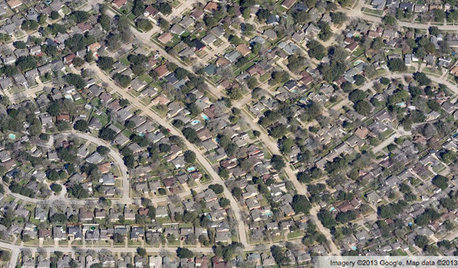
COMMUNITYGet a Bird's-Eye View of America's Housing Patterns
See the big picture of how suburban developments are changing the country's landscape, with aerial photos and ideas for the future
Full Story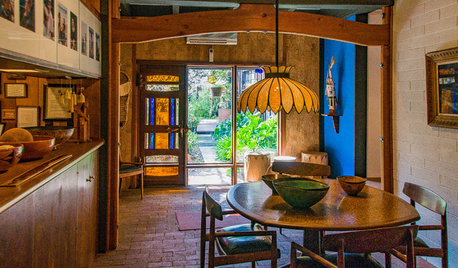
EVENTSSee Where America's Most Celebrated Furniture Maker Lived and Worked
Walk with us through the Southern California home and studio of Sam Maloof as events honoring his centennial kick off
Full Story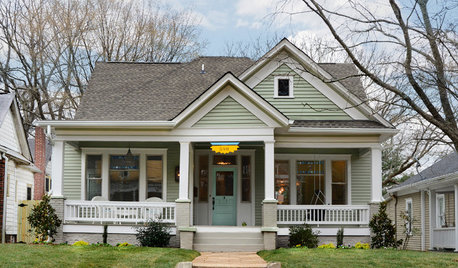
HOUZZ TOURSHouzz Tour: Lovingly Resurrecting a Historic Queen Anne
Dedication and a keen eye turn a neglected eyesore into the jewel of its Atlanta neighborhood
Full Story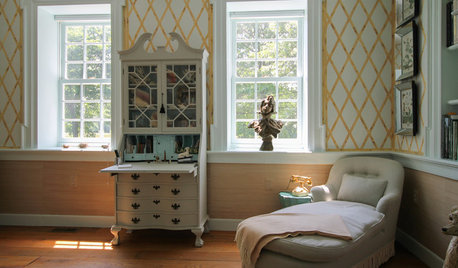
HOUZZ TOURSMy Houzz: A Jane Austen-Inspired Home in a Historic Tannery
A Maryland couple stay true to their home’s historic roots
Full Story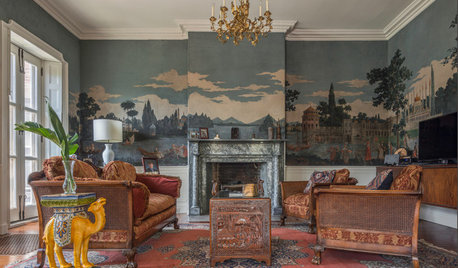
ROOM OF THE DAYRoom of the Day: New Life for Historic Wallpaper Landscapes
In a Rhode Island mansion, painstaking restoration saves lavish woodblock-printed paper scenes commissioned in the early 1800s
Full Story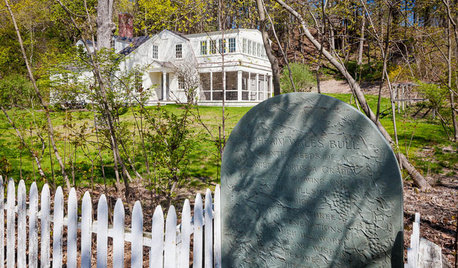
TRADITIONAL HOMESHouzz Tour: Historic Concord Grapevine Cottage’s Charms Restored
This famous property had fallen on hard times, but passionate homeowners lovingly brought it back
Full Story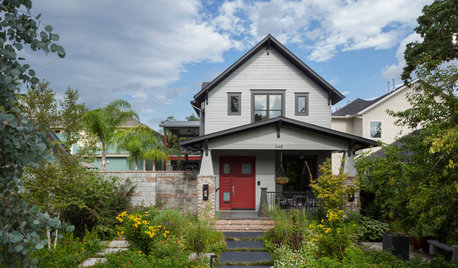
ARCHITECTUREHouzz Tour: Modern Plays Nice in a Historic Houston Neighborhood
Subtle modern details make this new home stand out from its elderly neighbors without disrespecting them
Full Story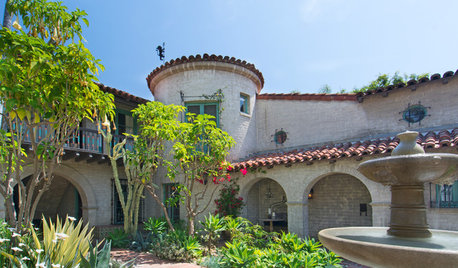
HOUZZ TOURSMy Houzz: Fairy-Tale Charm in a Historic Hollywood Landmark
Just a stone’s throw away from Hollywood Boulevard, vine-covered walls hide a magical courtyard and a couple’s condo
Full Story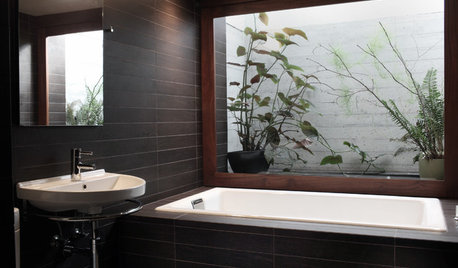
BATHROOM DESIGNPersonal Style: 50 Bath Designs From Creative Owners and Renters
Ideas abound in bathroom styles ranging from upcycled vintage to sleekly modern
Full Story
MOST POPULAR50 Shades of Gray
Gray is hotter than ever, thanks to a hit novel full of risks and dark secrets. Tell us: Which paint shade possesses you?
Full StoryMore Discussions



AshaK
ginny12
Related Discussions
'Blue flag' iris. Native only in America?
Q
Hysterically Speaking, Is It Historically Accurate?
Q
Historic Home - Garden Restoration
Q
more ideas on drainboards for sinks in a historic home,please!
Q
mich_in_zonal_denial
ScottReil_GD
nandina
mich_in_zonal_denial
PucPuggyII
FranVAz7
david7a_ga
ginger_nhOriginal Author
nandina
ginger_nhOriginal Author
acj7000
venezuela
Redthistle
John_D
Cady
FranVAz7
ScottReil_GD
Cady
FranVAz7
AshaK
ginger_nhOriginal Author
phdnc
mjsee
Cady
FranVAz7
Cady
Cady
FranVAz7
ginny12
Cady
Ina Plassa_travis
Cady
FranVAz7
ginny12
FranVAz7
AshaK
FranVAz7
springcherry
catkim
spectre
ginger_nhOriginal Author
Cady
patricianat
cantstopgardening
Barbara_Schwarz
ginger_nhOriginal Author
Barbara_Schwarz
spunky_MA_z6